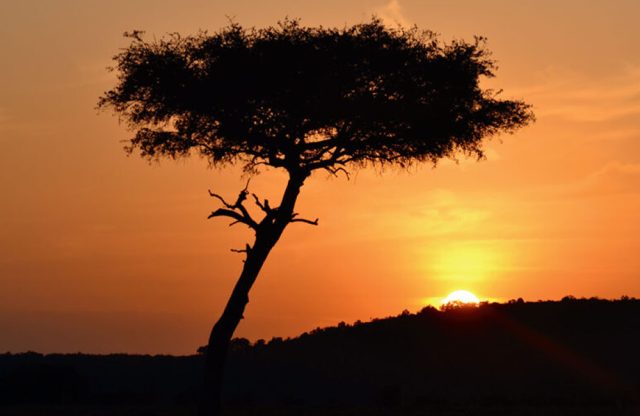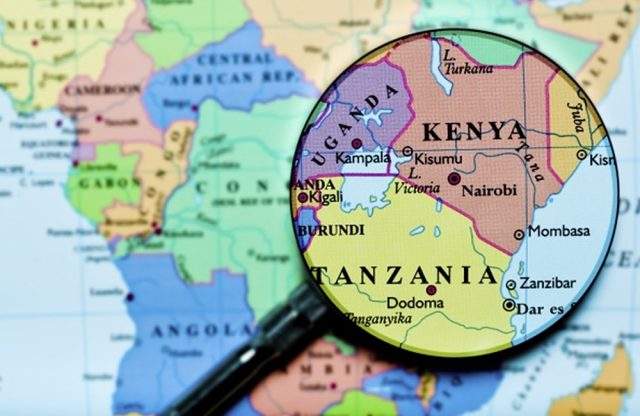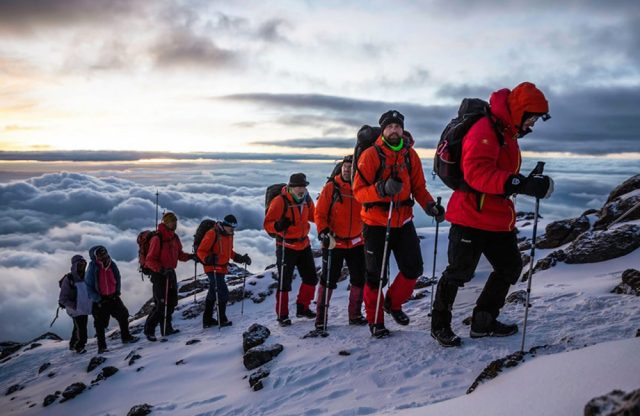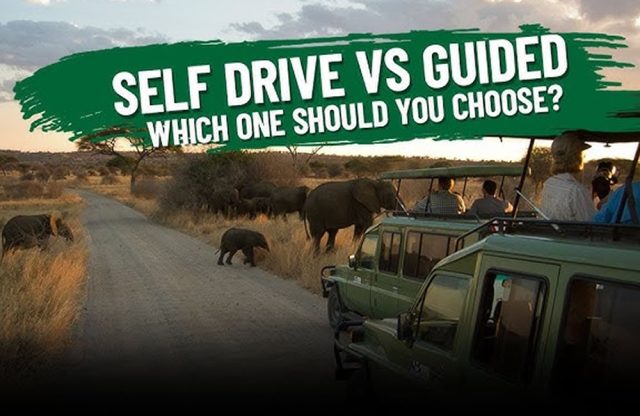Guide to a Road Trip in Africa
Embarking on a road trip across Africa is one of the most adventurous and rewarding ways to explore the continent. With its vast landscapes, diverse cultures, vibrant cities, and spectacular wildlife, Africa offers unique journeys that cannot be experienced anywhere else in the world.
From desert drives in Namibia, to wildlife circuits in Kenya, to coastal highways in South Africa, a road trip in Africa is an opportunity to connect with both people and nature at your own pace. This guide will walk you through everything you need to know before setting off on a memorable African road adventure.
Why choose a road trip in Africa?
Unlike packaged tours or flights between major cities, road trips offer flexibility and a more intimate connection with Africa’s landscapes. You can stop at hidden villages, experience roadside markets, interact with locals, and explore remote national parks at your own rhythm. Whether you are camping under the stars in Botswana or cruising along the Garden Route in South Africa, a road trip gives you the freedom to immerse yourself in Africa’s natural beauty and cultural richness.
Popular Road trip Destinations in Africa
South Africa
South Africa is one of the most self-drive-friendly safari destinations on the continent, with a highly developed tourism sector, excellent road networks, clear park signage, and a wide range of accommodation.
Located in the southernmost region of the African continent, the country protects several adventurous safari destinations, including Kruger National Park, Karoo National Park, Addo Elephant National Park, Golden Gate National Park, and others. With these destinations, treat your eyes with different attractions like the African big five, cheetahs, wild dogs, and others.
Note: As you are travelling to South Africa, remember to book a 4WD vehicle since it can handle all the terrains in different regions. Also, endeavor to book campsites in advance, especially in the peak seasons.
- Namibia
Located in the southwestern part of the African continent, Namibia is also among the safest countries for a self-drive encounter. The country is known for its safest roads, low population density, and a stable political environment.
With a total surface area of about 825,615 square kilometers, Namibia is known for protecting several attractions, including national parks, reserves, and others. Among these attractions are Etosha National Park, Deadvlei, Sossusvlei, and others. Within these destinations, fancy your eyes with different attractions like wildlife, dunes, and many others.
As you plan your travel to Namibia, remember to carry plenty of water and fuel due to the distances between towns. Also, try to drive cautiously on gravel roads to avoid tyre damage.
- Botswana
This is a landlocked country in the southern part of Africa. It is ranked among the safest self-drive destinations on the black continent. Botswana is ranked among the safest destinations due to its strong eco-tourism policy, well-managed parks, and low crime rates in remote safari areas.
During the self-drive experience, visit destinations like Chobe National park which is famous for the massive elephants, Moremi Game Reserve which offers a mix of wetlands and savannah and also Okavango Delta which is known for offering incredible boat trips.
Note: As you are preparing your self-drive experience in Botswana, a 4×4 vehicle is required in most parks, especially during the rainy season. Also, move with a recovery gear and a GPS as some tracks are remote.
Kenya
Located in the Eastern part of Africa, Kenya is another destination that is safe for the self-drive experience. With a total surface area of about 580,367 square kilometers, the country is known for its well-maintained road system, especially in the popular parks, thus making the self-driving relatively easy. Ranking as the 48th largest country in the world, Kenya protects several tourism destinations, including its capital and largest city, Nairobi, and its oldest and second largest city is the coastal city of Mombasa.
Other important cities in the country are Kisumu, Nakuru, and Eldoret. Besides cities, the country also features several attractions, including its savannah, the Great Rift Valley, lakes, and mountain highlands.
Also, Kenya is a home to diverse wildlife species like the lions, rhinos, elephants, wildebeests, zebras, and others in different safari destinations like Tsavo national park which is famous for the man eaters, Aberdare national park, Lake Nakuru national park famous for the flamingos, Mount Kenya national park, Nairobi national park, Masai Mara national reserve and Amboseli national park which provides splendid views of the Africa’s highest mountain- Kilimanjaro.
Tanzania
Situated within the African Great Lakes region, Tanzania is also ranked among the safe self-drive destinations in Africa. The country borders Uganda to the north, Kenya to the northeast, the Comoro Islands and the Indian Ocean to the east, Mozambique and Malawi to the south, Zambia to the southwest, and then Rwanda, Burundi and the Democratic Republic of Congo to the west. With an area of approximately 947,303 square kilometers, Tanzania encompasses a variety of attractions, including Africa’s highest mountain, Kilimanjaro.
Also, the country is known for its remote landscapes and iconic wildlife species like the lions, elephants, leopards, rhinos, buffalo, and many others. These attractions can be spotted in several destinations like Kilimanjaro National Park, Serengeti National Park, Arusha National Park, Tarangire National Park, Masai Mara National Park, Ngorongoro Conservation Area, and many others. From the amazing national parks, you can continue to the beautiful islands of the country like Zanzibar, Mafia, and the marine parks, which host whale sharks and the coral reefs.
The Republic of Uganda
Also referred to as the Pearl of Africa, Uganda is another destination on the African continent that offers safe and incredible self-drive experiences. The country borders Kenya to the East, South Sudan to the North, the Democratic Republic of Congo to the West, Tanzania to the South, and Rwanda to the southwest.
In its southern part, the country includes a portion of the second largest freshwater lake – Lake Victoria, shared with Kenya and Tanzania. As you drive through the country, explore diverse attractions like the snow-capped Rwenzori Mountains, abundant wildlife like lions, elephants, leopards, rhinos, waterbucks, and many others.
The country is also a sanctuary to almost half of the world’s mountain gorillas in Bwindi Impenetrable National Park and Mgahinga Gorilla National Park. In the northwest, explore the mighty waterfalls at Murchison Falls National Park and then move to the western region of the country to watch the playful chimpanzees in Kibale National Park.
In Queen Elizabeth National Park, you will find the rare tree-climbing lions and enjoy a stress-free life on a boat cruise on the Kazinga channel. Self-drive experience in Uganda will surely be a lifetime story to tell, since it gives you a chance to watch the rare golden monkeys in Mgahinga National Park
Planning your African road trip
- Choosing the right vehicle
A sturdy 4×4 vehicle is often essential, especially for safaris, deserts, or rural areas. In well-developed areas like South Africa, a standard sedan may be sufficient. When choosing a vehicle for your trip, consider car rental companies that specialize in overland travel (equipped with rooftop tents and camping gear).
- Driving requirements
As you are going for an African road trip, endeavor to carry an International Driving Permit (IDP) alongside your national license. Familiarize yourself with local road rules (e.g., left-hand driving in Kenya and South Africa) and ensure that the vehicle insurance covers cross-border travel if you plan to drive across multiple countries.
- Safety tips
Avoid driving at night, especially in rural areas where roads may be poorly lit and livestock roam freely. Keep valuables hidden and lock doors while driving through cities, and always refuel when possible, since long stretches of road may have no gas stations.
- Packing essentials
- First aid kit, spare tires, and recovery gear (shovels, tow ropes, jerry cans).
- Camping equipment if you plan to sleep outdoors.
- Sufficient drinking water and snacks for long stretches between towns.
Unique experiences on an African road trip
Game Viewing
One of the most common experiences in the African tourism destinations, like national parks and reserves, is game viewing. Done in three sessions – morning, afternoon, and evening- the traveller will spot animals like lions, elephants, and giraffes in their natural habitat.
Cultural Tours
Also known as the land of blacks, Africa is known for its incredible and welcoming people. During your road trip around the continent, visit and explore different tribes like Maasai villages in Kenya, Berber settlements in Morocco, or Himba communities in Namibia.
Natural Wonders
With over 56 countries, the African continent is known for protecting several natural wonders in different countries. Among these include the wildebeest migration in Kenya and Tanzania, endangered mountain gorillas in Uganda, Rwanda, and DRC, Victoria Falls in Zambia and Zimbabwe, sand dunes in Sossusvlei and Drakensberg Mountains in South Africa.
Best time for a Road Trip in Africa
In Southern Africa, the best time to visit is May to October (dry season, excellent for safaris and road conditions).
In East Africa, the best time to visit is June to September and December to February (dry season, ideal for gorilla trekking and wildlife).
In North Africa, the best time to visit is spring (March–May) and autumn (September–November) to avoid extreme desert heat.
Conclusion
A road trip in Africa is more than just a journey; it’s an experience that blends adventure, culture, and natural beauty. Whether you’re driving along the scenic Garden Route, navigating Namibia’s desert roads, or crossing the savannahs of East Africa, every mile tells a story. With proper planning, a spirit of adventure, and respect for local cultures, your African road trip will be a once-in-a-lifetime adventure that stays with you forever.







